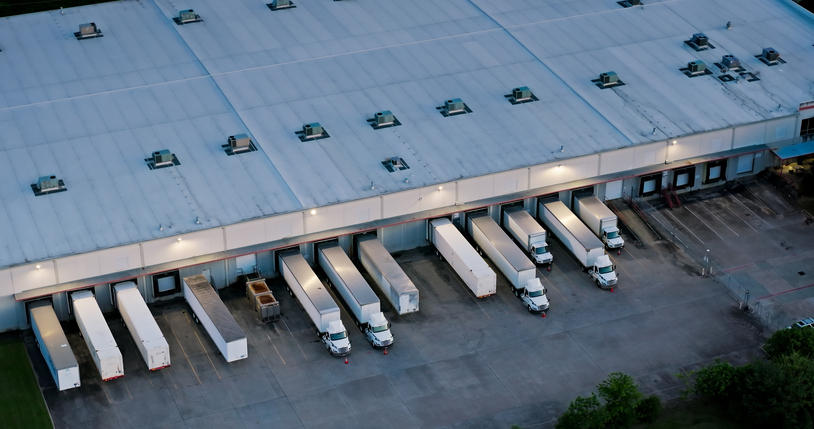
Knowing how much energy you use is one thing—understanding where it goes is another. An energy consumption meter bridges that gap, offering the data required to manage, control, and reduce energy use across commercial and industrial environments.
For over four decades, Elcomponent has helped organisations achieve this visibility. Their range of energy monitors UK and data loggers, including PowerPack Pro, feed accurate consumption data into the Energy Pro platform—transforming raw readings into actionable intelligence.
What Is an Energy Consumption Meter?
An energy consumption meter measures electrical usage over time. Unlike utility meters, which are primarily for billing, these instruments are designed for detailed analysis. They capture real-time data on load profiles, peak demand, and equipment performance.
Elcomponent supplies and supports a wide range of meters for different applications—single-phase, three-phase, multi-channel, and pulse-input models—ensuring every circuit and process can be tracked precisely.
The Role of Accurate Measurement
Accurate metering is the foundation of any energy monitoring solution. Without reliable data, energy-saving initiatives are based on assumptions rather than evidence. By installing energy consumption meters throughout a site, businesses gain clarity over how energy is distributed, used, and sometimes wasted.
This information underpins compliance reporting, carbon accounting, and ongoing improvement strategies.
Integrating Energy Meters with Data Loggers
Elcomponent’s PowerPack Pro serves as the link between energy meters and cloud-based analysis tools. It collects and stores readings from multiple devices and uploads them automatically to Energy Pro. This ensures consistent, high-quality data across all utilities—electricity, gas, and water.
Once online, users can view consumption profiles, compare periods, and even overlay data from water submeters or gas meters for a complete overview of resource performance.
From Monitoring to Management
An energy consumption meter is part of a larger ecosystem that includes submetering services, energy monitoring devices, and building energy management systems. Together, they allow energy managers to detect inefficiencies such as:
- Equipment running during non-operational hours
- Imbalanced loads on three-phase systems
- Excessive peak demand penalties
- Hidden energy leaks or faults
With early detection, these issues can be addressed quickly—often with minimal cost and significant savings.
The Benefits for Commercial Energy Users
For businesses, energy consumption meters offer both financial and operational advantages:
- Reduced energy costs through targeted efficiency measures
- Enhanced control of plant and building operations
- Improved reporting for sustainability frameworks like SECR
- Reliable data for verifying energy-saving projects
When combined with Elcomponent’s analytics tools, users can quantify ROI and justify further investment in upgrades such as LED lighting, HVAC optimisation, or renewable energy.
Integration with Energy Pro Software
Elcomponent’s Energy Pro software transforms metered data into a visual management interface. With dashboards, reports, and automated alerts, it enables energy managers to:
- Compare performance across multiple buildings
- Identify anomalies instantly
- Schedule regular reports for stakeholders
- Align operations with carbon-reduction targets
This combination of hardware and software delivers a powerful, unified energy management system.
Elcomponent’s Expertise in Metering
From manufacturing to education and healthcare, Elcomponent’s systems are trusted by hundreds of UK organisations. Their turnkey approach—covering supply, installation, commissioning, and ongoing support—ensures every project runs smoothly.
Clients benefit not only from technical excellence but from decades of industry knowledge that ensures systems are both compliant and future-ready.
Conclusion
An energy consumption meter is more than a monitoring tool—it’s the starting point for real energy efficiency. With Elcomponent’s precision hardware and advanced software, businesses can take control of consumption, reduce waste, and build a path towards sustainable operation.








